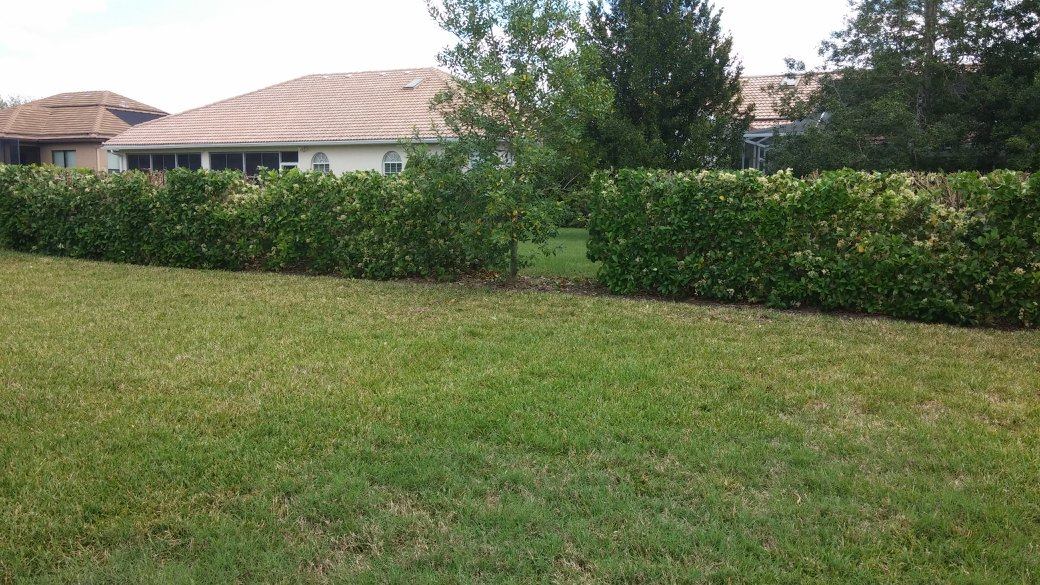
Mastering Lawn Care Techniques: Expertise from Top Gun Professionals Jul 06, 2025
Understanding your lawn's needs is the first step in successful lawn care. Recognize the type of grass you have, as different species require varied management. Cool-season grasses, such as Kentucky bluegrass, thrive in cooler temperatures and need specific watering and mowing techniques, whereas warm-season grasses like Bermuda thrive under direct sunlight.
A well-established lawn care routine begins with proper mowing techniques. Grass cutting isn't just about aesthetics—it's crucial for the health of your lawn. Set your mower to the correct height; cutting too short can stress the plants and make them vulnerable to diseases. Generally, maintaining a grass height of two to three inches helps retain moisture and promotes robust root development.
Furthermore, watering practices are pivotal. Deep and infrequent watering encourages roots to grow deeper, resulting in a more drought-resistant lawn. Aim to water your lawn early in the morning to minimize evaporation and fungal diseases. An inch of water per week is usually sufficient, but it may vary with seasonal changes and specific grass requirements.
Fertilization is another fundamental aspect of lawn care. Each grass type has different nutritional needs, but as a general rule, a balanced fertilizer applied during the growing season will provide the necessary nutrients. It's important to test your soil’s pH balance first, so you can select the appropriate fertilizer that will enhance growth without causing harm.
Aeration can significantly improve your lawn's health by allowing air, water, and nutrients to penetrate deep into the soil. This process is especially beneficial for compacted areas, ensuring that roots grow deeply and grass thrives. The best time to aerate depends on your grass type; typically, cool-season grasses benefit from fall aeration, while warm-season grasses should be aerated in late spring.
Controlling weeds is essential to maintaining your lawn’s appearance and health. Early detection and removal prevent weeds from spreading and competing with your grass for nutrients and sunlight. Consider the selective use of herbicides tailored to your lawn type and weed species to ensure effective control.
Pest management also plays a critical role. Identifying and addressing pest infestations early can prevent significant damage and promote a healthy lawn environment. Utilizing integrated pest management strategies, including natural predators and organic solutions, can limit your lawn's exposure to chemical treatments.
Lastly, don't underestimate the power of a diverse lawn care strategy. Incorporating native plants and mulching around garden beds can increase biodiversity, support local wildlife, and reduce the need for chemical inputs.
Top Gun Lawn Care experts excel in these practices, offering personalized solutions and professional services to meet your lawn’s unique needs. By putting these expert techniques into practice, you can master lawn care, ensuring a thriving, beautiful lawn year-round. Whether you opt for DIY methods or enlist professional help, the key is consistency and dedication to ongoing maintenance, ensuring your lawn remains the envy of the neighborhood.
/filters:no_upscale()/media/25943294-065c-4a71-a5d2-1b4a7926d758.jpeg)
/filters:no_upscale()/filters:format(webp)/media/85e8cb6b-1eef-4bc7-a09e-99945a0430d3.jpeg)